I wanted to automate the watering system at home preferably using open-source and DIY systems. The initial plan was to go with plain RPi, OpenHAB and some GPIO code driving the sprinkler valves but the problem was creating a useful UI to control the system since OpenHAB is too clunky and generic looking. I was also not quite ready diving deep into embedded programming and OpenHAB programming model. OpenSprinkler seemed to have everything I needed, a RPi hat with all the correct electrical outputs and an open source firmware and android app I could modify myself if needed. In the end, programming the sequences myself and trying to make a decent UI would be just too much work for a small pet project so I went with a ready solution.
The requirements
- Three separate zones around the house, max 7 sprinklers per zone.
- Each zone must be turned on separately due to the pressure requirement for the sprinklers to work.
- Pump that drives the water must be turned on automatically with each zone valve.
Setting up the OSPi
OpenSprinkler offers fully assembled systems but I decided to go the DYI route using my own RPi and just buying the OSPi hat.
- RPi 4 Model B 2GB
- RPi official charger
- OSPi (VAC)
- 32GB SD card
- Orbit 57056 2-Pin European Transformer
Finding a 24VAC power supply with EU plug was quite a challenge, the listed model from Orbit was one of the rare ones I could find online (on Amazon).
It is mentioned in OpenSprinkler documentation that a separate power supply for RPi is recommended. This was confirmed while testing where I saw dmesg errors about voltage not being sufficient and RPi rebooting endlessly. I ended up using the official RPi charger and the 24VAC charger at the same time.
Installing raspbian and OSPi firmware was easy with no problems encountered. Assembling the OSPi was also not problematic, other than drilling some holes into the supplied enclosure for the USB cable and WiFi adapter.
The WiFi
The built in WiFi on RPi would not work even half of the required distance and was simply horrendous. Onboard WiFi can be disabled by modifying /boot/config.txt and adding
After checking compatibility lists and reviews for RPi compatible USB WiFi adapters I went with Edimax EW-7811UN. I disabled the integrated card and configured the /boot/wpa_supplicant.conf to connect to the dedicated WiFi extender AP as a priority.
ctrl_interface=DIR=/var/run/wpa_supplicant GROUP=netdev
update_config=1
network={
ssid="Home_Ext"
psk="pass"
id_str="ext1"
priority=5
}
network={
ssid="Home"
psk="pass"
id_str="main"
priority=10
}
In the end I managed to achieve a not so great but stable signal from the house to controller box at around -60db. For the WiFi extender I went super cheap using TP-LINK TL-WR840N (15EUR) and positioning it with no walls blocking the signal other than a single garage door. I also added a small script to sudo cron to automatically restart RPi in case of any network downtime.
ping -c4 192.168.1.1 > /dev/null
if [ $? != 0 ]
then
sudo /sbin/shutdown -r now
else
echo $(date) "Internet is UP"
fiDriving the Pump
Looking for a relay to turn the pump on and off I decided to go with an off delay relay as an extra safety that will automatically turn off after the selected period of time. This is just in case OSPi goes haywire and does not turn off as scheduled or someone makes a mistake of turning the sprinklers on for too long. Pump draining all the water and running dry is a very bad scenario I would like to avoid. The model is a Tracon multifunction relay AC/DC 12-240V driven by 24VAC OSPi.
Putting it together
Relay is connected to OSPi port 0 (master zone) which is always turned on with either valve 1, 2 or 3. Relay drives the first power socket for the pump. The other two sockets are for Orbit 24VAC and RPi charger. This way the pump can be disconnected at any time and used manually.
The valves
24VAC valves are quite common. I found three candidates from Orbit, Rainbird and Cleber. In the end it came down to price and availability, so I went with 3x Rainbird CP075 off eBay, roughly 30$ each.
Finally, to connect the valves to OSPi I got some 4×0.75mm cable and some waterproof clips to connect them on the valve side. These are automatic clips put in a box full of gel which seals it when closed.
Operation and conclusion
It turns out the OSPi firmware and app has the exact functions I need to drive the setup. Master zone translates perfectly into the pump relay. For each valve, the “continuous” setting (which is default) allows you to setup a single schedule program and OSPi will automatically drive each valve one after another and not all at once (which would not work due to low pressure). Without the continuous setting one would have to write a separate program for each valve which is a bit clunky.
One thing that does not work quite as good is automatic rain delay. The idea is, if sprinklers are scheduled to work today but there is a rain forecast, delay the program for some time, like a day. Unfortunately, if it does not rain at all, delay is still present. It would appear that OSPi only checks the forecasts but does not adjust the delay according to actual mm of rain that has fallen. I need to research this function in more depth to figure out the exact behavior and whether I can improve upon it.
Another glitch that appears once a month or so is that OSPi is randomly not accessible. This is fixed with the main router reboot. I am not sure yet what exactly causes the problem, whether the auto-reboot script works.. more investigation is needed. It probably boils down to not so great WiFi connection.
In the end I am quite happy I went with the OpenSprinkler and not a full DIY solution. It saved time, does everything I require and I am able to modify it if ever needed.
2023 update
After the system being dormant through winter of 2022/2023, the RPi would no longer boot. The Sandisk Ultra SD card seems to have got corrupted for some reason so I had to re-image and reconfigure OSPI again. I replaced the card with a Sandisk Industrial series card which are supposedly more tolerant to heat and cold. We’ll see how long this one lasts.
Other than that the system is still working great.
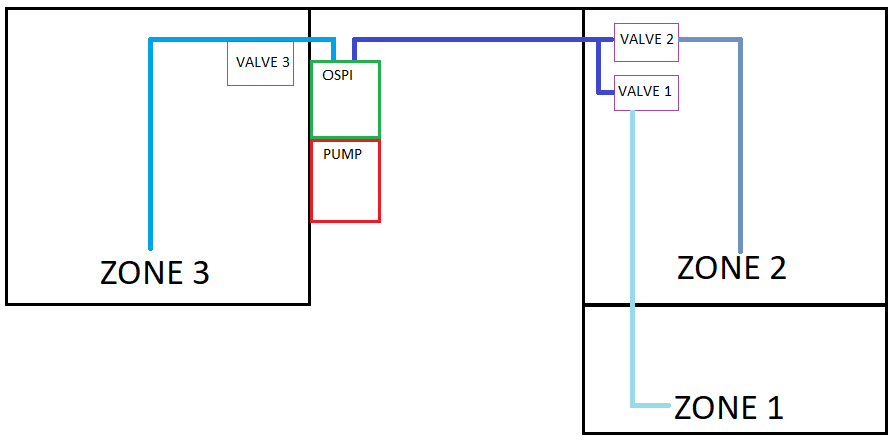
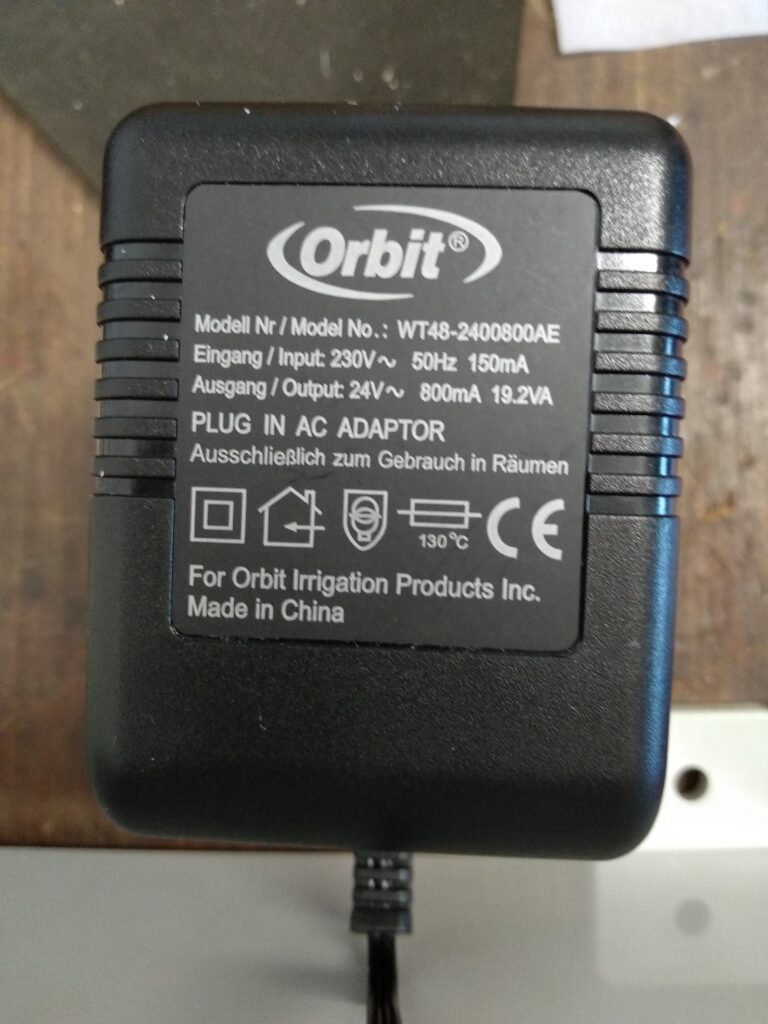

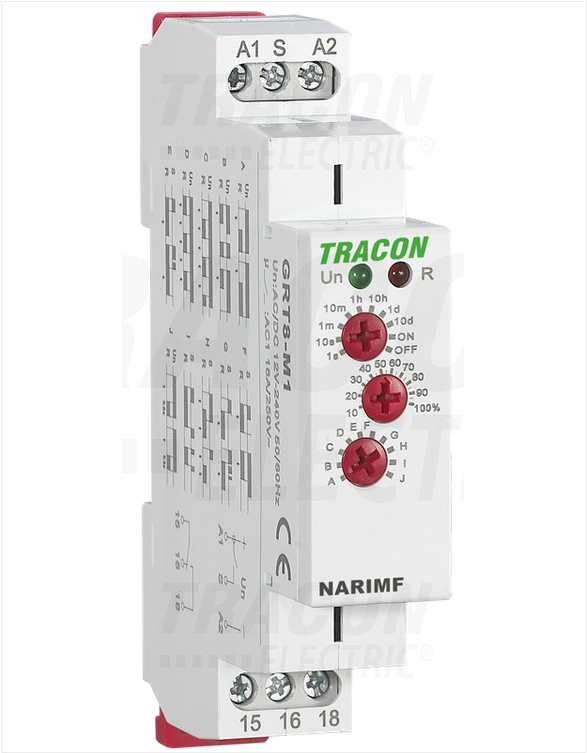

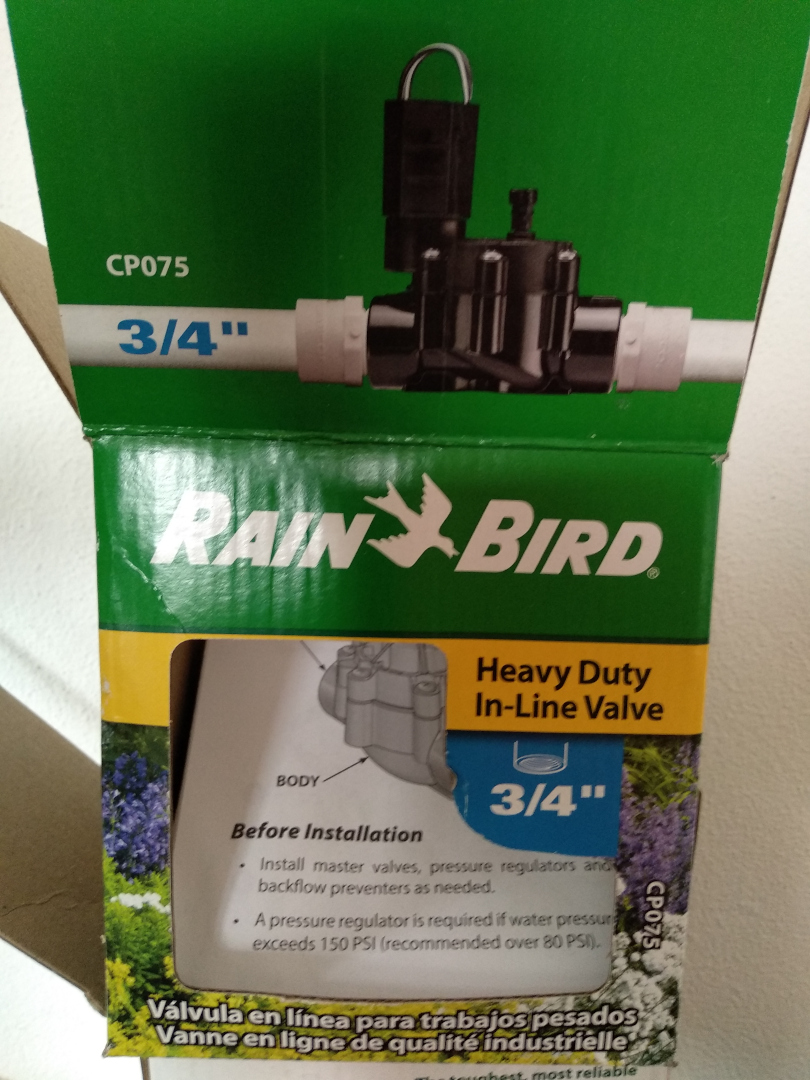
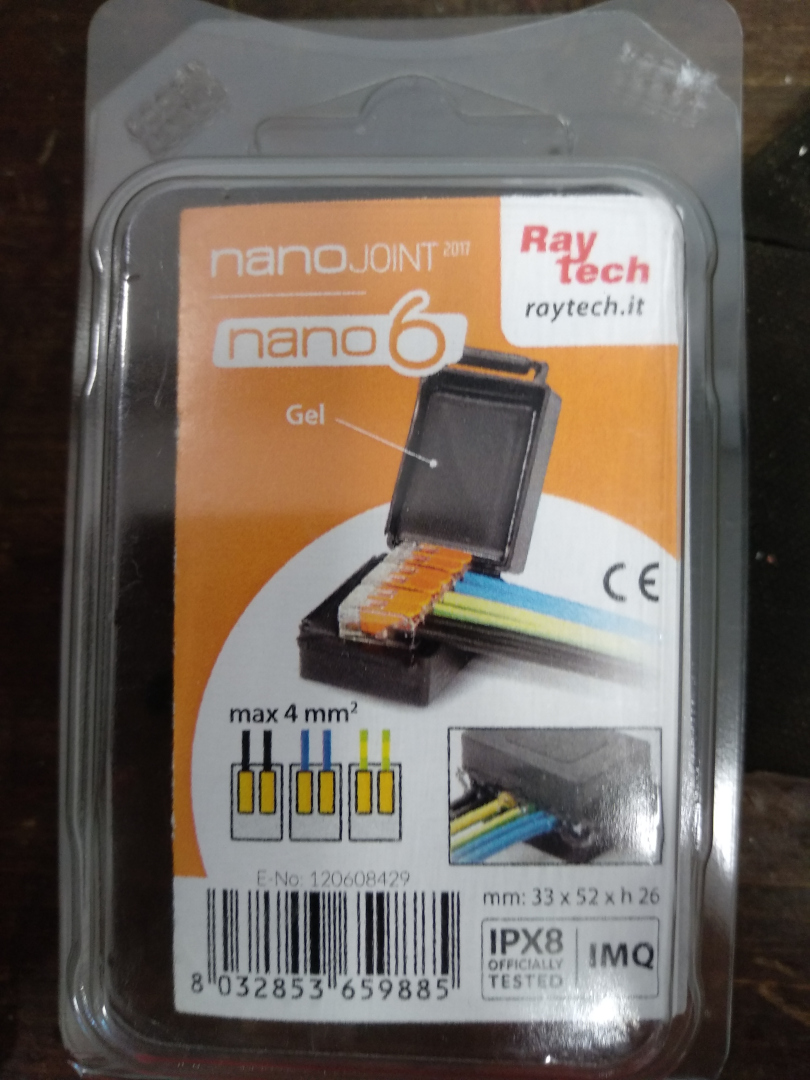
 Cen
Cen